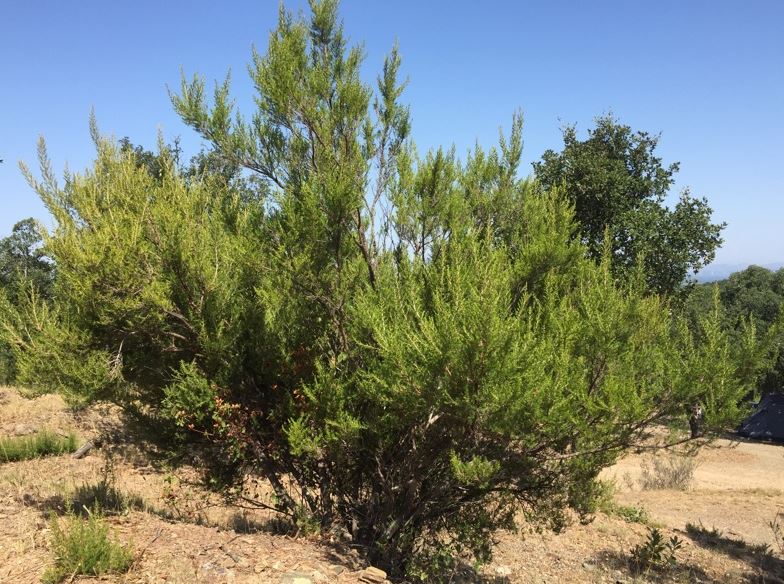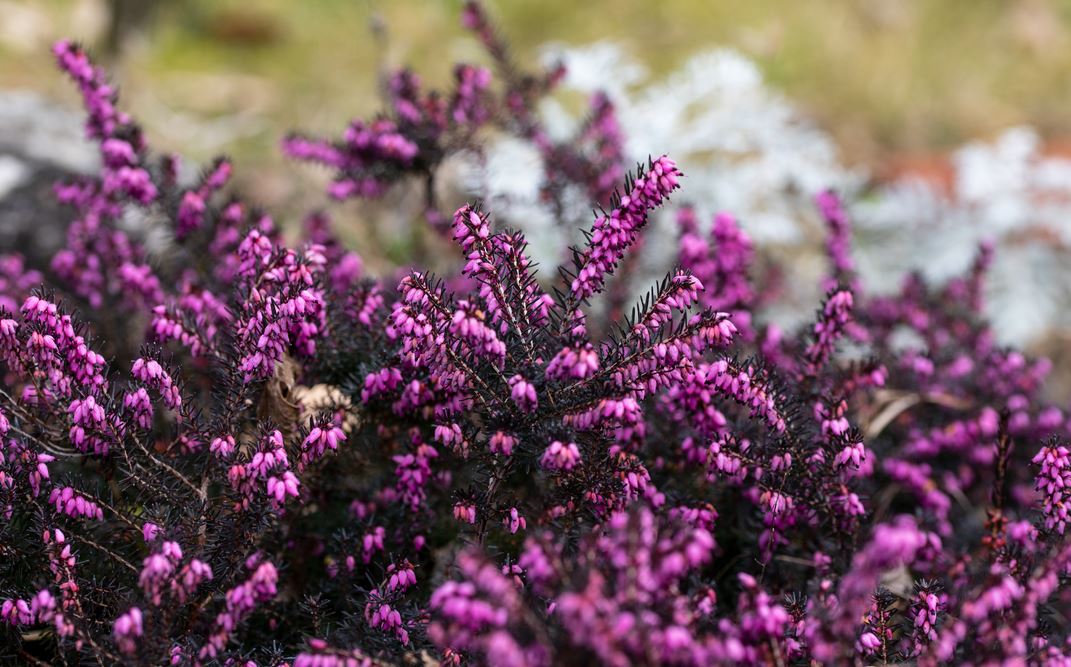
Heather tree: watch out for frost!


Tree heather (Erica arborea) is found spontaneously on dry and sandy hillsides, often acidic, from the Moors, Esterel and Corsica. It constitutes real trees of 4 to 6 m highwith trunks of 20 to 30 cm in diameter. It is one of the most frost-prone heathers: negative temperatures damage its roots. The nature of the soil is indifferent to it, provided there is no clay.
With the fine grain of its wood, especially its stock, we make so-called “briar root” pipes which have made the town of Cogolin (near St-Tropez) famous, well beyond our borders.
Erica Scoparia: in acidic soil


Erica scoparia, also very widespread in the South, is a tree-like heather 1 to 1.20 m high. Its whitish, almost greenish flowers are not very interesting; but it is very decorative thanks to its erect branches and its glabrous leaves. It thrives in acidic, aerated soil.
For the most part, heathers are sun plants, originating from the Mediterranean basin. However, there are northern species that you can also plant in the South to flower in winter. This spontaneous species in nature is not for sale in nurseries. You can harvest seeds that you sow in spring.
you can cut the branches at ground level and tie them into small bouquets of around twenty stems which you put to dry in the shade. You add a handle and you will have an excellent broom for cleaning your garden paths.
Two species from the north


Ash heather (Erica cinerea) and Erica Carnea develop naturally in Brittany and in England, forming charming carpets of flowers at different times of the year, depending on the variety. These species have given rise to numerous hybrids, selected specifically for their ability to bloom flowers in winter, offering a palette of colors ranging from pink to red to white.
These heathers are excellent choices for southern regions, where they can be used as ground covers. It is advisable to plant them now, spacing each foot 30 to 40 cm. Ideally, they thrive in soils rich in organic matter and slightly acidic. These plants are robust enough to adapt to all exposureswhether in full sun or partial shade.
However, be sure to provide them with the necessary watering, especially during prolonged dry periods, to keep their soil moist and promote healthy growth.
Bruyère: the “savages” of the south
In the South, wild heather is called “brandes”. There are many species, all shrubby and much less hardy than the previous ones. Plant them only on the Côte d’Azur, in the South-West and in the regions the sweetest.
- The heather of Portugal (Erica lusitanica) forms a shrub 1.50 to 2 m high. Its pinkish-white flowers bloom from December for several months.
- The Mediterranean Ericashrub 1. to 2 m high, emits long clusters of very fragrant pink flowers, from February to May.

